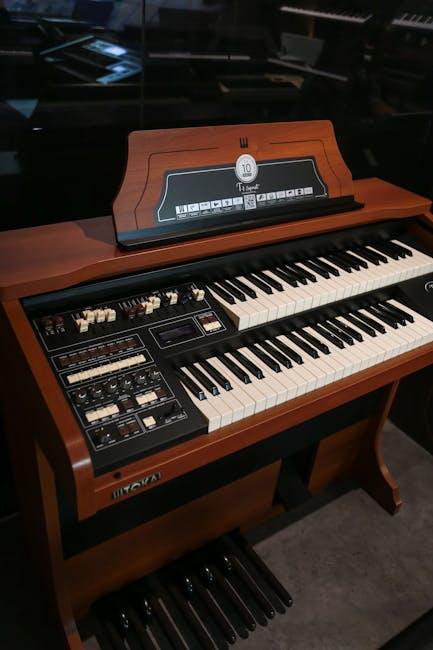In the ever-evolving landscape of electronic music, charts serve as more than just rankings—they are dynamic soundscapes that map the pulse of a global community. From underground beats bubbling in basement studios to chart-topping anthems echoing through festival grounds, these lists capture the shifting tastes and emerging trends that define the genre. Exploring charts for electronic music reveals not only what’s popular but also how artists innovate, audiences connect, and rhythms transform in real time. This article delves into the diverse world of electronic music charts, offering a lens through which to understand the genre’s vibrant and rapidly changing heartbeat.
Table of Contents
- The Evolution of Charts in Electronic Music
- Decoding Genre Trends Through Chart Analysis
- Top Platforms Shaping Electronic Music Rankings
- How Algorithms Influence Electronic Music Charts
- Strategies for Emerging Artists to Climb the Charts
- The Role of Fan Engagement in Chart Success
- Q&A
- In Summary
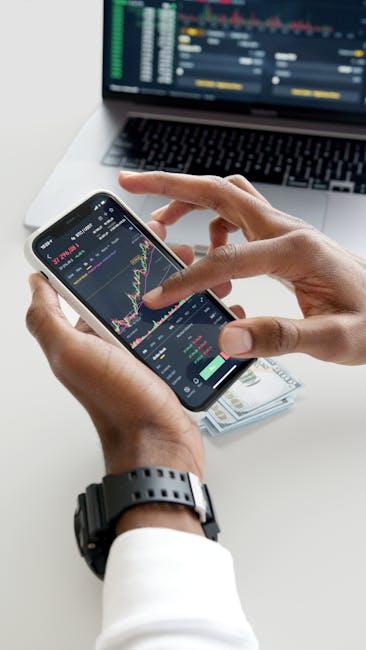
The Evolution of Charts in Electronic Music
Electronic music charts have undergone a remarkable transformation, mirroring the genre’s own evolution. Early charts were dominated by vinyl sales and club play counts, reflecting the underground nature of electronic sounds. As the digital revolution surged forward, streaming platforms and algorithm-driven playlists began to steer which tracks rose to prominence. This shift gave rise to a more instantaneous and democratic charting system, where a viral drop could propel a bedroom producer alongside established icons. Digitization empowered artists, enabling independent creators to break traditional gatekeeping and connect directly with audiences worldwide.
Beyond mere rankings, modern electronic music charts now embody diverse metrics and categorization. Consider the following elements shaping today’s charts:
- Streaming numbers from platforms like Spotify, Apple Music, and SoundCloud
- Social media engagement including TikTok and Instagram trends
- Club and festival DJ feedback integrating live crowd reactions
- Regional variations highlighting global scenes and subgenres
| Era | Primary Chart Medium | Impact Factor |
|---|---|---|
| 1980s-1990s | Vinyl sales & club play | DJ influence & underground reach |
| 2000s | Digital downloads & early streaming | Online stores & early fan communities |
| 2010s-Present | Streaming & social media metrics | Viral trends & global accessibility |
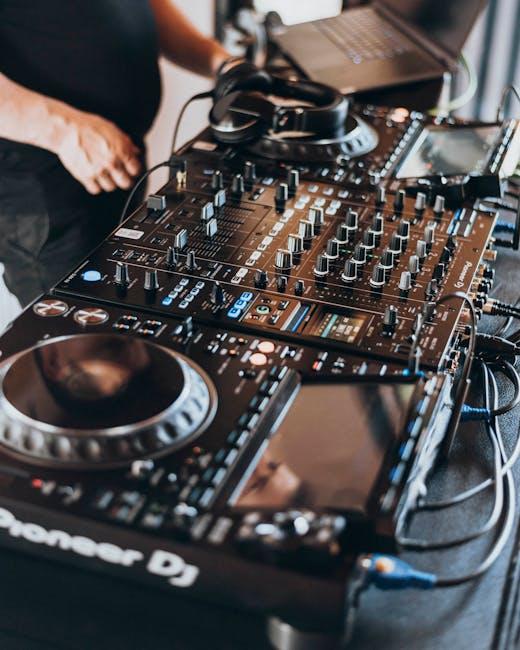
Decoding Genre Trends Through Chart Analysis
When examining the pulsating waves of electronic music charts, certain patterns emerge that outline the genre’s evolving landscape. These trends often reflect broader cultural shifts and technological advancements, as artists continually push the boundaries of sound. From the resurgence of synthwave’s nostalgic beats to the dominance of techno-driven rhythms in underground scenes, chart success highlights how diverse styles resonate with audiences globally.
Key factors influencing these genre trends include:
- Innovative production techniques incorporating AI and modular synths
- Collaborations bridging electronic music with pop, hip-hop, and world music
- The rise of curated streaming playlists turning niche subgenres into mainstream sensations
| Genre | Chart Presence | Notable Trend |
|---|---|---|
| House | Strong | Melodic basslines with vocal integrations |
| Techno | Growing | Darker, minimalistic beats |
| Drum & Bass | Stable | High tempo with jazz influences |
| Future Bass | Declining | Shift toward indie electronic sounds |
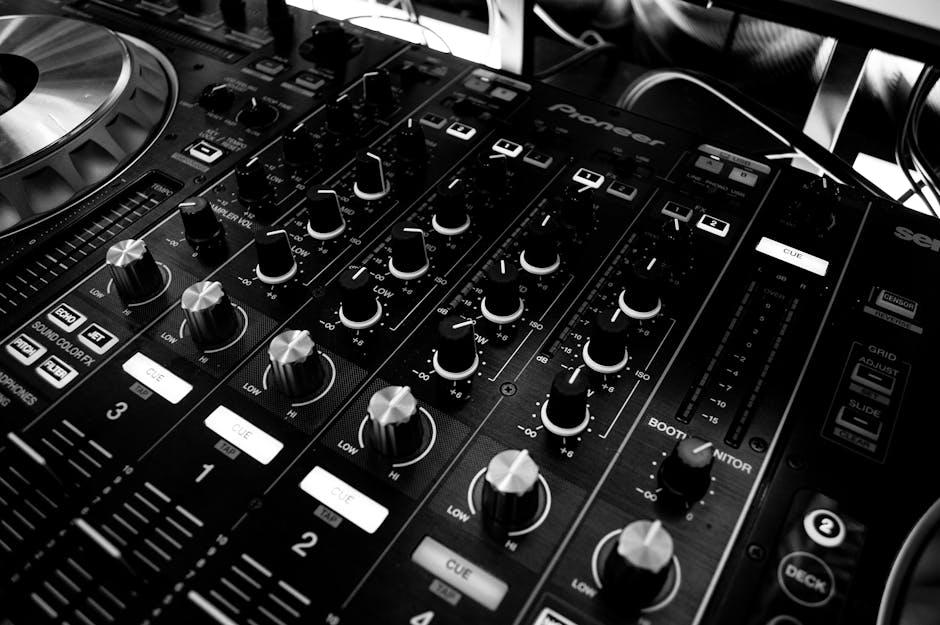
Top Platforms Shaping Electronic Music Rankings
When it comes to charting the dynamic landscape of electronic music, certain platforms consistently lead the charge, influencing tastes and shaping trends worldwide. Beatport stands out as a pivotal hub where DJs and producers alike measure success; its detailed genre-specific charts not only highlight club anthems but also emerging underground sounds. Similarly, Spotify leverages its massive streaming database to craft playlists and rankings that reflect real-time listener preferences, making it an essential resource for artists aiming to break through the noise.
Beyond streaming and sales, the impact of social interaction and community engagement cannot be understated. Platforms like SoundCloud foster grassroots momentum, where viral tracks often begin their journey, while Apple Music combines curated editorial insight with algorithm-driven recommendations to offer nuanced charting perspectives. Collectively, these platforms create an ecosystem where innovation is fueled, and electronic music rankings become a vibrant reflection of global listener engagement.
- Beatport: The go-to for DJs and electronic genre specialists
- Spotify: Real-time streaming trends and playlist influence
- SoundCloud: Home of viral and indie electronic tracks
- Apple Music: Blend of editorial curation and algorithmic discovery
| Platform | Key Feature | Electronic Focus |
|---|---|---|
| Beatport | Genre-specific sales charts | High |
| Spotify | Streaming data & playlists | Medium |
| SoundCloud | Community-driven,”viral” potential | High |
| Apple Music | Curated & algorithmic charts | Medium |
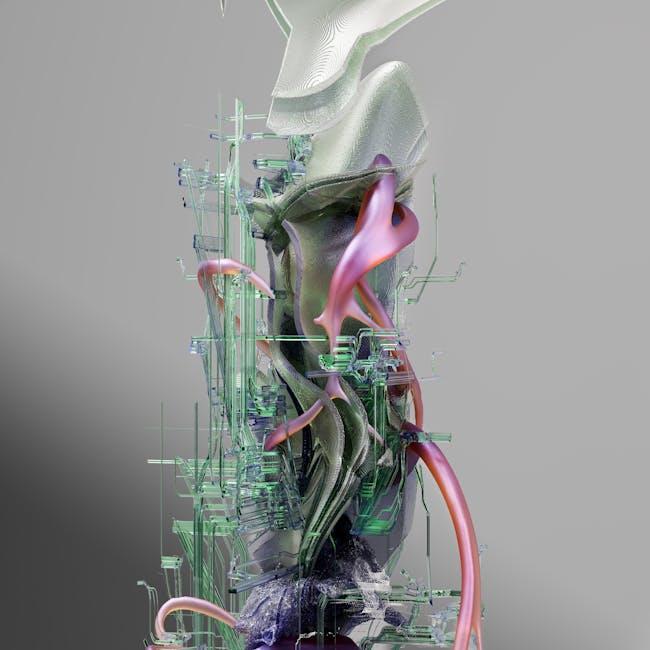
How Algorithms Influence Electronic Music Charts
In the dynamic world of electronic music, algorithms have become the unseen curators shaping chart trajectories. These complex formulas analyze a myriad of factors—from streaming counts and social media buzz to playlist inclusions and even listener engagement metrics like skip rates. Platforms now leverage machine learning to predict which tracks will resonate most, often prioritizing songs with rapid viral growth or sustained user interaction. This data-driven approach can catapult lesser-known artists into the spotlight, while also reinforcing the popularity of established names through continuous exposure.
However, this system isn’t without its intricacies. Algorithms may favor certain attributes such as bpm ranges, tonal patterns, or production styles, subtly guiding the sonic landscape of electronic music charts. The following table highlights key algorithmic factors and their typical impact levels on chart performance:
| Algorithmic Factor | Impact on Chart Rank | Description |
|---|---|---|
| Streaming Volume | High | Primary driver; total plays across platforms. |
| Playlist Placements | Medium | Exposure on curated playlists boosts visibility. |
| Engagement Rate | Medium | Listener actions like saves and shares increase ranking. |
| Social Media Mentions | Low to Medium | Buzz influences algorithmic boosts indirectly. |
| Skip Rate | Negative | High skip rates may decrease track prominence. |
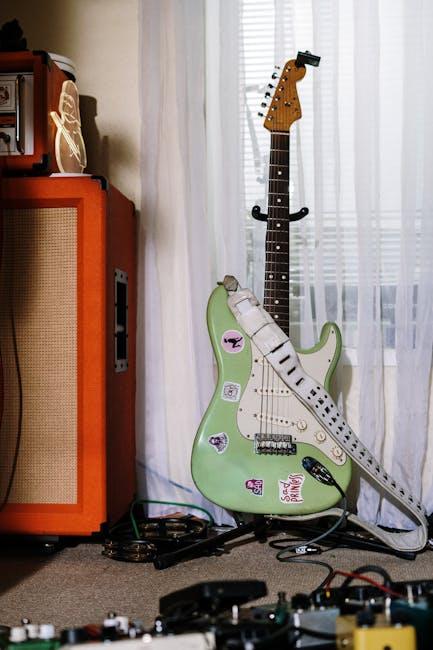
Strategies for Emerging Artists to Climb the Charts
Breaking into the competitive world of electronic music charts requires more than just talent; it demands strategic action and networking savvy. Emerging artists should focus on cultivating a unique sound that resonates emotionally with listeners while maintaining high production quality. Building a strong online presence through platforms like SoundCloud, Spotify, and TikTok is essential. Engaging consistently with your audience by sharing behind-the-scenes content, remix contests, and collaborative projects can create loyal fans who actively promote your tracks.
Additionally, leveraging industry insights and timely releases can significantly enhance chart performance. Submitting your music to respected playlists, blogs, and radio stations increases visibility. Consider these key tactics:
- Identify trend patterns: Analyze current chart-toppers to understand popular styles and themes.
- Collaborate strategically: Partner with established producers or vocalists to tap into broader fanbases.
- Optimize metadata: Use accurate tagging and descriptions to improve searchability and playlist placement.
- Utilize targeted ads: Promote your releases via social media campaigns to reach niche communities.
| Strategy | Purpose | Expected Outcome |
|---|---|---|
| Playlist Submission | Expand listener base | Increased streams and chart ranking |
| Collaboration | Access new audiences | Higher exposure and credibility |
| Content Engagement | Build community loyalty | Stronger fan retention and sharing |
| Ad Campaigns | Targeted promotion | Boosted release visibility |

The Role of Fan Engagement in Chart Success
In today’s digital age, the connection between artists and their fans transcends traditional boundaries, making fan engagement a critical driver for electronic music chart performance. Enthusiastic fans amplify tracks through social shares, playlist inclusions, and streaming marathons, turning individual listens into waves that propel songs upward in the rankings. This dynamic creates a feedback loop where artists who nurture their communities enjoy organic growth, fueled by listeners who feel personally invested in the music’s journey.
Effective fan interaction often hinges on innovative approaches—such as exclusive content drops, live virtual events, or behind-the-scenes glimpses—that foster loyalty and excitement. Below is an outline of key fan engagement strategies that have proven successful in boosting chart momentum:
- Interactive Q&A Sessions: Real-time conversations spark deeper connections.
- Exclusive Release Previews: Early access incentivizes sharing and anticipation.
- Community Challenges: Remix contests or dance challenges invite participation.
- Personalized Thank Yous: Recognition for superfans strengthens loyalty.
| Engagement Method | Impact on Chart Success |
|---|---|
| Social Media Shares | Increase streams by 30% |
| Playlist Additions | Enhance discoverability |
| Fan-Driven Challenges | Boost viral reach |
| Exclusive Content | Foster fan retention |
Q&A
Q&A:
Q1: What role do charts play in the electronic music scene?
A1: Charts act as a compass in the dynamic world of electronic music, highlighting trending tracks, emerging artists, and shifts in listener preferences. They provide DJs, producers, and fans with a snapshot of what’s resonating on dance floors and streaming platforms worldwide.
Q2: How are electronic music charts typically compiled?
A2: These charts are usually based on a combination of factors including streaming numbers, digital downloads, radio airplay, DJ playlists, and sometimes even club play reports. Platforms like Beatport, Spotify, and Billboard each have their own methodologies tailored to the electronic genre.
Q3: Are all electronic music charts created equal?
A3: Not quite. Different charts serve different purposes. For instance, Beatport focuses heavily on the DJ and producer community with genre-specific subcharts, while Billboard’s Dance/Electronic charts reflect mainstream popularity. Understanding the source helps in interpreting what a chart position truly means.
Q4: Why do charts matter to electronic music producers and DJs?
A4: Chart success can boost an artist’s visibility, influence booking opportunities, and signal industry recognition. For DJs, knowing chart-topping tracks helps craft sets that engage audiences with fresh and popular sounds. It’s both a barometer and a goalpost within the electronic music ecosystem.
Q5: How do charts reflect the diversity within electronic music?
A5: Electronic music is a vast umbrella encompassing house, techno, drum and bass, dubstep, and countless other subgenres. Charts often segment these styles to accurately showcase diversity, allowing niche scenes to shine without being overshadowed by mainstream hits.
Q6: Can charts predict the future direction of electronic music?
A6: To an extent, yes. Trends emerging in charts can signal shifts in production styles, popular sounds, and technological influences. However, electronic music is intrinsically experimental, so while charts capture current movements, true innovation often comes from artist-driven exploration off the beaten path.
Q7: How can fans use electronic music charts to enhance their listening experience?
A7: Fans can discover new tracks, find playlists tailored to specific moods or subgenres, and follow rising stars. Charts offer a curated gateway through the vast electronic music landscape, making it easier to stay connected with evolving trends and timeless anthems.
In Summary
As the pulsating beats of electronic music continue to evolve, so too do the charts that map its dynamic landscape. Whether you’re a producer seeking inspiration, a DJ hunting for the next big hit, or a fan eager to discover fresh sounds, these charts offer a window into the genre’s ever-shifting currents. By tracking trends and spotlighting emerging talents, they not only celebrate electronic music’s vibrant present but also hint at the innovations waiting just beyond the horizon. In the end, charts are more than numbers—they’re a narrative of a genre in constant motion, inviting us all to tune in and dance along.

